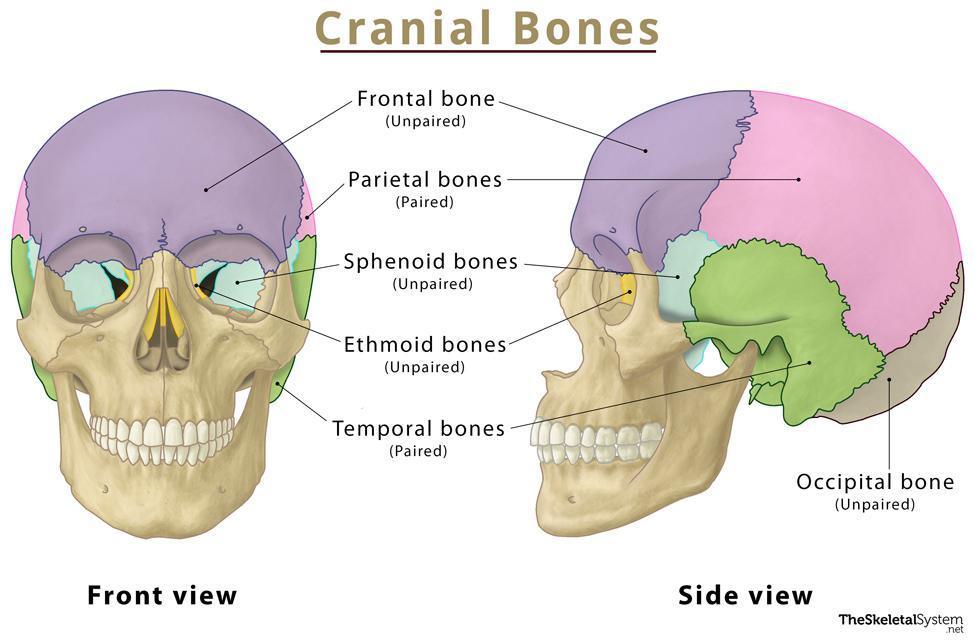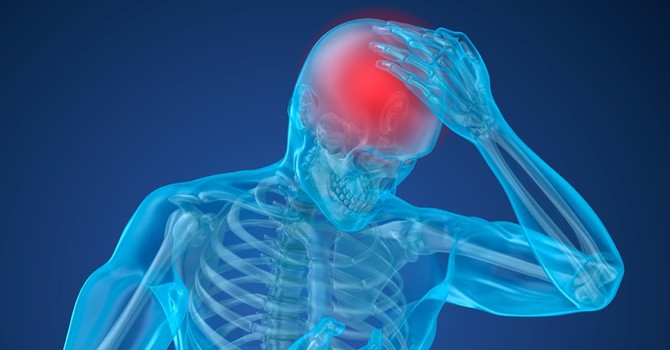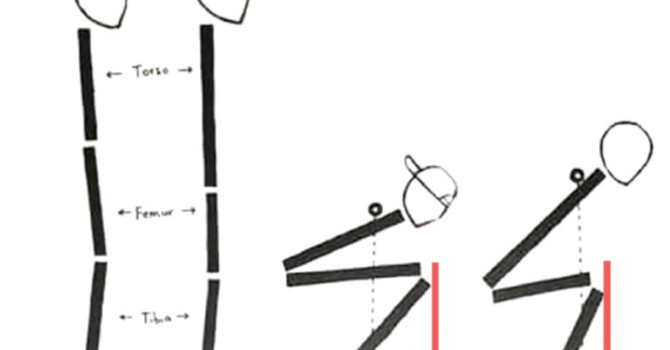
Let’s talk more about cranial function! Quick recap – a few weeks ago we went over the general nervous system parts. Remember the watery liquid throughout the brain and spinal cord is called CSF. This fluid acts as temperature control to cool the brain, waste removal, nutrition, is a chemical barrier and physical one (the brain floats instead of banging on the walls of our skull all the time!). We also talked about dura mater which is the blanket surrounding these important structures. Sometimes when the dura is under tension or stress, it can put more stress on the nerves that go out to the rest of our bodies to do important functions. And then we talked about how we want a nice amount of tension here, and how chiropractic care can help.
Today we are going to talk a little more about the head – namely the bony outer cranium, or skull, and how this relates to the rest of our body. Did you know, the skull is a collection of several separate bones – that eventually fuse together at around two years of age to be “one” bone? This is very important in delivery, so our heads compress, and we can get through the birth canal easier.
Since the CSF fluid sits inside these important skull bones, it seems the skull bones positioning and motion would be quite important right? In addition to feeling the motion of these bones, there is something trained chiropractors feel for, called the cranial rhythmic impulse (CRI) which is a very subtle pulse we feel around the skull and is impacted by the skull bones. This pulse is dependent on the CSF and on breathing.
We really want this CRI pulse to be equal left and right. Sometimes one side can have a “weaker” pulse, and another side “stronger”. When the pulse is decreased, stagnation can occur, reducing vitality, and potentially impairing optimal brain development. When the pulse is increased, we find a correlation with potential hyperactivity and possibly higher areas of seizure activity. Therefore, we really want balance and good CRI pulse rates!
So, what can we do? We can assess this CRI pulse and assess all the skull bones and their motion. Cranial “adjustments” are extremely gentle and calming. It feels like part of your head is being gently held through a few breathing cycles, this balances the CRI and releases dural tension (what we discussed last time). These types of adjustments stimulate all body functions AND make the body more receptive to spinal adjustments too! It calms your nervous system and is SO relaxing.
Stay tuned for the next part of the cranial series, Part 3, where we go over some different cranial patterns and conditions!
Dr. Jessica Tamminga (Kempton)
Contact Me


